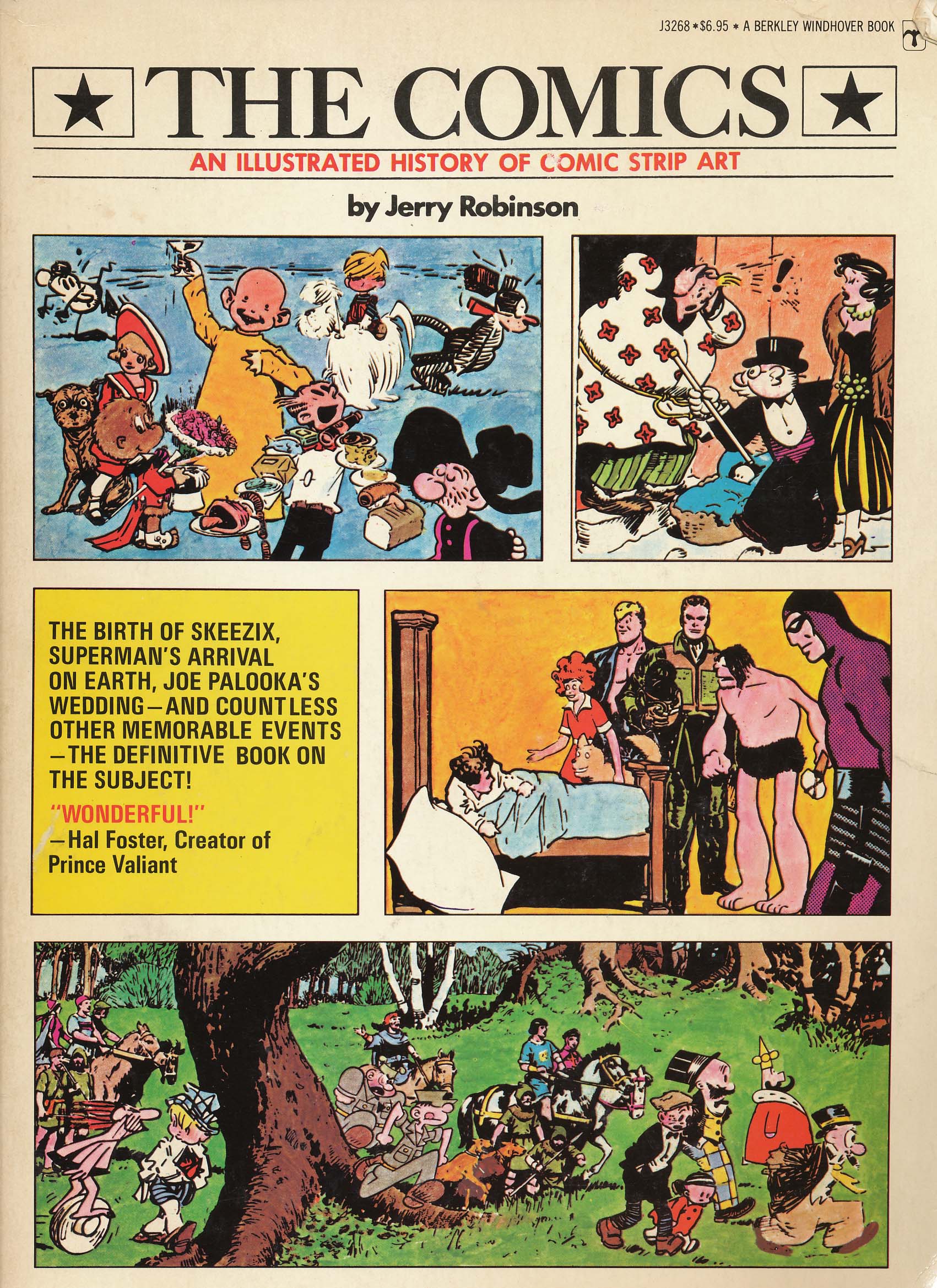
Comics to the Rescue: How Graphic Narratives Illuminate Financial Crises
Financial crises are complex, often opaque events that can leave even seasoned economists scratching their heads. For the average person, understanding the intricate web of factors that lead to economic collapse can feel like an insurmountable challenge. Enter the unlikely heroes of financial literacy: comic books. Through engaging visuals, simplified narratives, and relatable characters, comics are emerging as a powerful tool for explaining these crises in accessible and memorable ways.
The Power of Visual Storytelling
At the heart of comics’ effectiveness is their ability to translate abstract concepts into concrete images. Charts, graphs, and complex financial instruments become characters, settings, and plot points. This approach taps into the human brain’s natural affinity for visual processing, making information more digestible and easier to retain.
- Simplification without Oversimplification: Financial crises are multifaceted, involving numerous actors, regulations, and market forces. Comics excel at distilling these complexities into manageable storylines, focusing on the key drivers and consequences without sacrificing accuracy.
- Emotional Connection: Beyond mere information delivery, comics foster an emotional connection with the subject matter. By depicting the human impact of financial crises – job losses, foreclosures, and shattered dreams – they create empathy and motivate readers to understand the underlying causes.
- Breaking Down Jargon: Financial jargon can be a major barrier to understanding. Comics circumvent this problem by using clear, concise language and defining technical terms within the context of the narrative.
Notable Examples
Several comics have successfully tackled the daunting task of explaining financial crises to a broad audience. Here are a few standout examples:
- "Economix: How Our Economy Works (and Doesn’t Work) in Words and Pictures" by Michael Goodwin and Dan E. Burr: This ambitious graphic novel offers a comprehensive overview of economic history, including detailed explanations of past financial crises. It traces the evolution of economic thought, from Adam Smith to Keynes, and explores the causes and consequences of events like the Great Depression and the 2008 financial crisis. The book’s strength lies in its ability to connect historical events to contemporary issues, making economic concepts relevant to readers’ lives.
- "The Infinite Resource: The World Is a Lot More Complicated Than Economists Tend to Assume" by R. Crumb: While not solely focused on financial crises, this comic challenges conventional economic wisdom and highlights the limitations of traditional economic models. Crumb, known for his countercultural perspective, critiques the relentless pursuit of economic growth and questions the sustainability of our current economic system. His work encourages readers to think critically about the assumptions underlying economic policies.
- Various Educational Comics by Government and NGOs: Several government agencies and non-governmental organizations (NGOs) have also turned to comics to promote financial literacy and explain specific aspects of financial crises. These comics often target younger audiences or specific communities, using simple language and relatable characters to convey important information about topics like debt management, investment, and risk.
Benefits of Using Comics for Financial Education
The use of comics for financial education offers several distinct advantages:
- Increased Engagement: Comics are inherently more engaging than traditional textbooks or lectures. The combination of visuals and narrative captures readers’ attention and keeps them invested in the subject matter.
- Improved Comprehension: The visual nature of comics aids comprehension, particularly for complex or abstract concepts. By presenting information in a visual format, comics make it easier for readers to grasp the underlying principles and relationships.
- Enhanced Retention: Studies have shown that people retain information better when it is presented visually. Comics leverage this principle to improve retention and ensure that readers remember key concepts long after they have finished reading.
- Wider Accessibility: Comics can reach a broader audience than traditional financial education materials. They are particularly effective for reaching younger audiences, individuals with lower literacy levels, and people who are intimidated by traditional financial texts.
- Demystifying Finance: By making financial concepts more accessible and engaging, comics help to demystify finance and empower individuals to take control of their financial lives.
Challenges and Considerations
While comics offer a powerful tool for explaining financial crises, there are also some challenges and considerations to keep in mind:
- Potential for Oversimplification: The need to simplify complex concepts can sometimes lead to oversimplification, which can distort the truth or leave out important nuances. It is crucial to strike a balance between simplification and accuracy.
- Risk of Bias: Like any form of media, comics can be subject to bias. Authors may have their own political or economic agendas, which can influence the way they present information. Readers should be aware of this potential and critically evaluate the content they are consuming.
- Limited Depth: Comics are not a substitute for in-depth academic analysis. They provide a general overview of financial crises but may not delve into the technical details or theoretical debates.
- Production Costs: Creating high-quality comics can be expensive, particularly if they require extensive research or collaboration with experts. This can limit the availability of comics on financial crises.
Future Directions
Despite these challenges, the future of comics in financial education looks bright. As technology advances and new platforms emerge, comics are becoming even more accessible and interactive. Here are some potential future directions:
- Interactive Comics: Interactive comics allow readers to explore financial concepts in a dynamic and engaging way. They can click on different elements to learn more, answer questions, and test their understanding.
- Animated Comics: Animated comics bring financial narratives to life, using animation, sound effects, and voiceovers to create a more immersive experience.
- Virtual Reality (VR) Comics: VR comics offer a completely immersive experience, allowing readers to step into the world of finance and interact with characters and scenarios in a realistic way.
- Personalized Comics: Personalized comics can be tailored to individual readers’ needs and interests. They can provide customized financial advice and guidance based on their specific circumstances.
Conclusion
Comics are a valuable tool for explaining financial crises and promoting financial literacy. By combining engaging visuals, simplified narratives, and relatable characters, they make complex concepts more accessible and memorable. While there are some challenges and limitations to consider, the benefits of using comics for financial education far outweigh the drawbacks. As technology continues to evolve, comics are poised to play an even greater role in helping people understand and navigate the complex world of finance.
By embracing the power of visual storytelling, we can empower individuals to become more informed, responsible, and resilient in the face of financial challenges. It’s time to recognize comics not just as entertainment, but as a powerful tool for education and empowerment.



